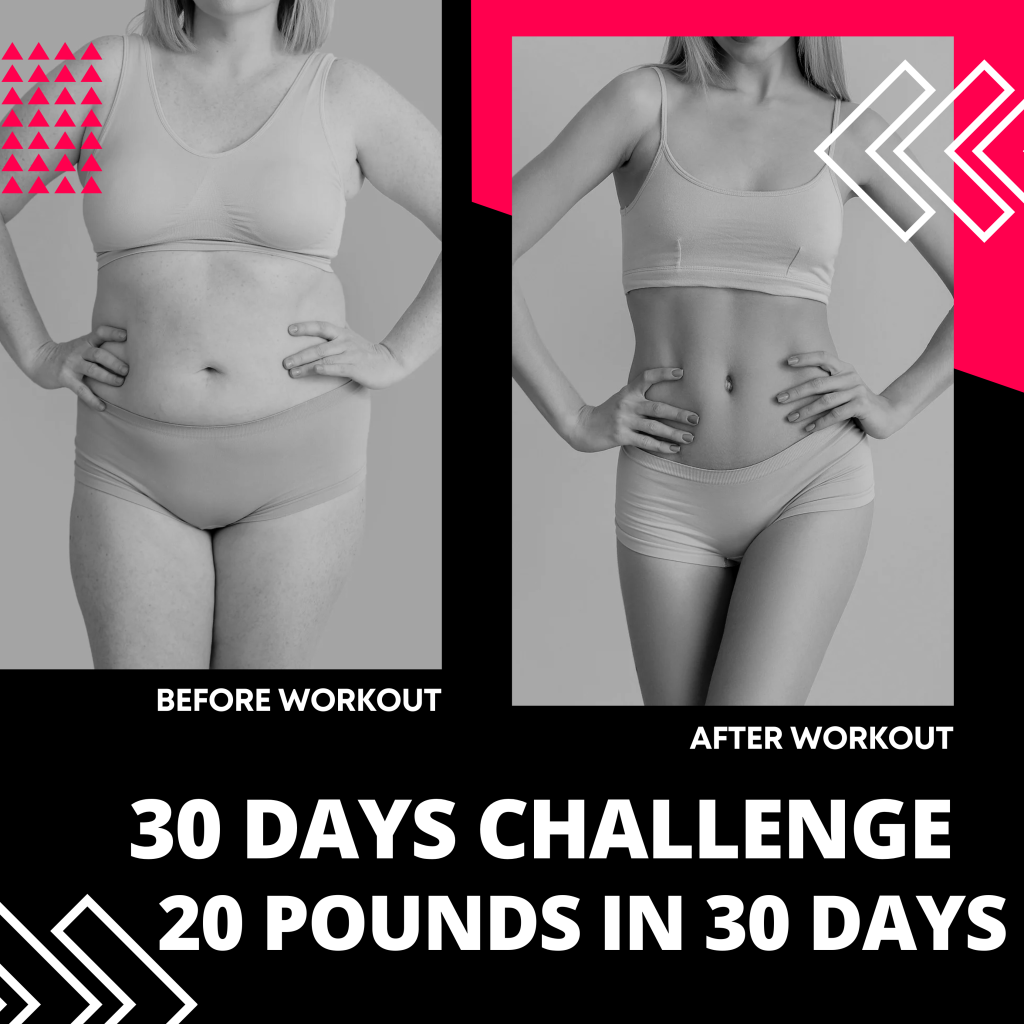

The ketogenic diet, or keto diet, has gained immense popularity in recent years for its potential to help individuals lose weight and improve their overall health. This high-fat, low-carb diet works by depriving the body of glucose, its primary source of energy, and forcing it to burn fat instead. This can lead to rapid weight loss and a number of other health benefits, including improved insulin sensitivity, reduced inflammation, and increased energy levels.
While the keto diet can be incredibly effective on its own, combining it with regular exercise can further optimize its benefits. In fact, incorporating physical activity into your keto routine can help you reach your fitness goals faster and improve overall health outcomes. However, it’s important to approach exercise carefully when following a ketogenic diet, as your body may require some time to adjust to the changes in fuel sources.
Here are some tips to help you optimize your fitness routine while following the keto diet:
1. Start slow and listen to your body: If you’re new to the keto diet, it’s important to give your body some time to adapt to using fat as fuel before jumping into a rigorous exercise routine. Start with low-intensity workouts, such as walking or gentle yoga, and gradually increase the intensity as your energy levels and stamina improve.
2. Stay hydrated: When following the keto diet, your body excretes more water and electrolytes, which can lead to dehydration and electrolyte imbalances. Be sure to drink plenty of water throughout the day and consider adding electrolyte supplements or consuming foods high in potassium and magnesium to prevent muscle cramps and fatigue during exercise.
3. Focus on strength training: While cardio exercises like running or cycling can be beneficial for overall health, strength training is particularly important when following a ketogenic diet. Building muscle can help boost your metabolism, increase fat burning, and improve insulin sensitivity, all of which can help you achieve your fitness goals faster.
4. Time your workouts strategically: Some individuals may find that they have more energy for high-intensity workouts in the morning, while others may prefer to exercise in the afternoon or evening. Experiment with different times of day to see when you feel the most energetic and focused during your workouts.
5. Refuel properly post-workout: After a workout, it’s important to replenish your body with the right nutrients to support muscle recovery and growth. Consuming a mix of protein and healthy fats, such as a protein shake with avocado or a small serving of grilled chicken with vegetables, can help optimize your post-workout recovery while staying in ketosis.
In conclusion, combining the keto diet with regular exercise can help you maximize your fitness results and improve your overall health. By starting slow, staying hydrated, focusing on strength training, timing your workouts strategically, and refueling properly post-workout, you can optimize your fitness routine and achieve your goals faster. Remember to listen to your body and make adjustments as needed to ensure a safe and effective workout experience.






